Have you ever noticed how smoothly things run when a small team works on a project? Communication is clear, tasks are well-coordinated, and progress feels seamless. But as more people join the team, this harmony often starts to unravel. Miscommunication increases, responsibilities become unclear, and the project may begin to feel disorganized. This phenomenon highlights the critical role of effective communication in ensuring team success, particularly as the team grows.
The Communication Complexity of Growing Teams
As a team grows, the number of communication channels increases exponentially. The complexity of maintaining effective communication can quickly become a challenge. The rapid growth in communication paths is governed by Metcalfe’s Law, which calculates the number of unique communication lines as follows:
![]()
Here, n represents the number of team members. This formula assumes bidirectional updates in communication, where both sides are equally informed. However, in real-world scenarios, such ideal synchronization rarely occurs.
For scenarios where every piece of information must be explicitly communicated, a modified formula applies:
![]()
Now let see how it looks in real life.
Scaling Complexity: A Real-Life Example
Let’s consider how communication scales by the amount of team members n on the communication connections and on the amount of required communications between the members:
| Team Members (n) | Number of Connection Lines | Number of Communications |
|---|---|---|
| 2 | 1 | 2 |
| 3 | 3 | 6 |
| 4 | 6 | 12 |
| 5 | 10 | 20 |
| 6 | 15 | 30 |
| 7 | 21 | 42 |
| 8 | 28 | 56 |
| 9 | 36 | 72 |
| 10 | 45 | 90 |
| 11 | 55 | 110 |
| 12 | 66 | 132 |
| 13 | 78 | 156 |
| 14 | 91 | 182 |
If we look at it from top, with only the connection lines, we have a communication mesh like these:

6 communications

12 communications

20 communications

30 communications
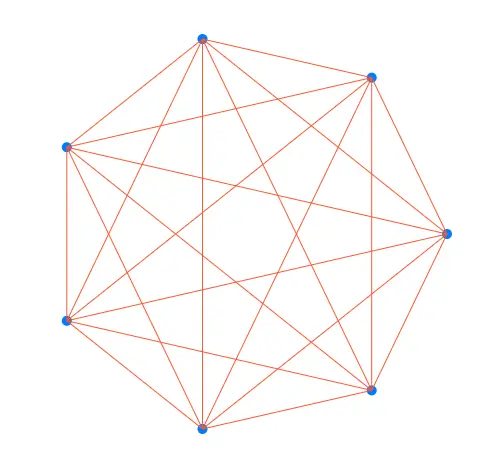
42 communications
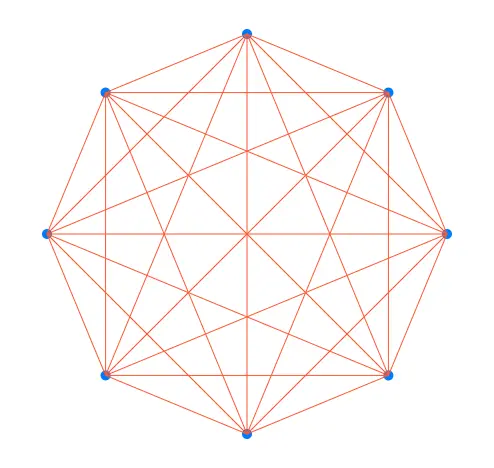
56 communications
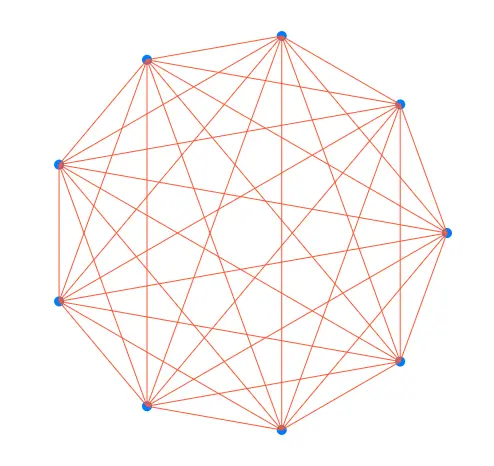
72 communications
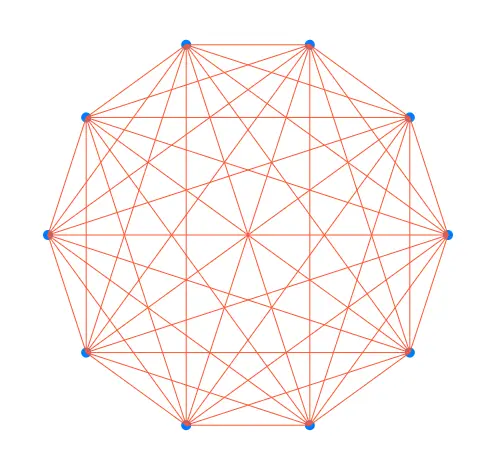
90 communications
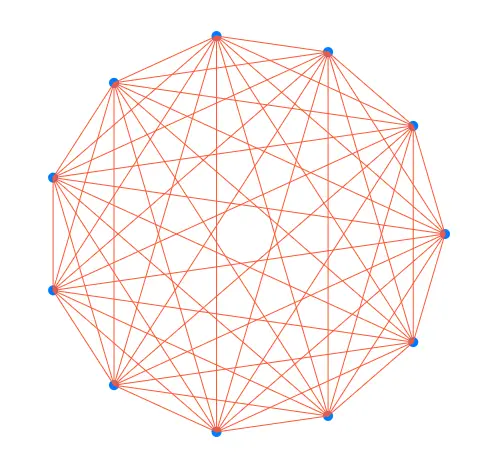
110 communications
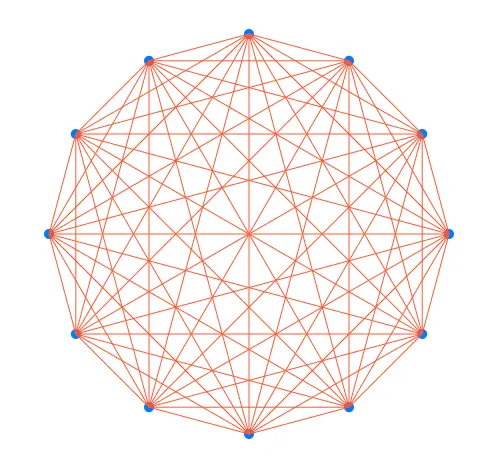
132 communications
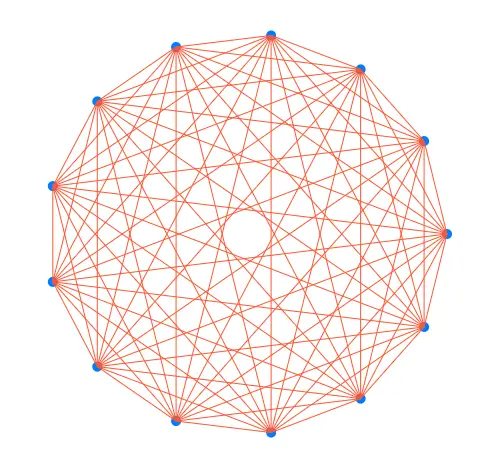
156 communications
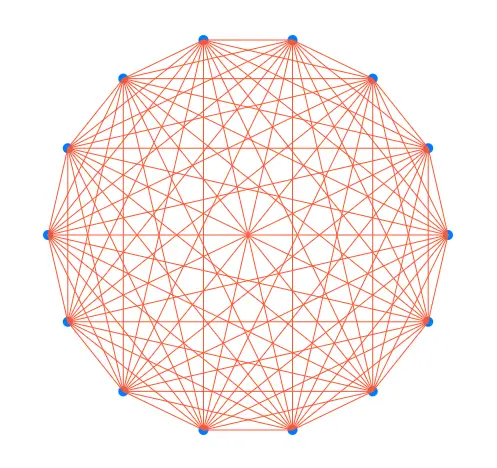
182 communications
These illustrations show, how quickly your communication overhead grows with a growing team. But there are good solutions around, which help to overcome this major drawback in growing teams.
Why Effective Communication Tools Are Crucial
Centralizing Communication
A centralized communication platform ensures that all team members have access to the same information at the same time. Tools like Group Messengers, Slack, Microsoft Teams, or even Telegram or WhatsApp, and of course project management software Jira , Trello or Redmine provide transparency, reducing the need for redundant communication and ensuring that everyone stays on the same page.
Establishing Standard Processes
Inconsistent workflows are a common pain point in growing teams. Service management (aka Ticket-System) tools like OTRS, Znuny and sometimes Jira can help define standard operating procedures, ensuring that all tasks are handled consistently. Standardization minimizes errors and clarifies responsibilities.
Eliminating Email Overload
Email chaos is one of the biggest hurdles for growing teams. Important messages get buried, responses are delayed, and accountability is lost. By implementing task-oriented tools, teams can shift from unstructured email threads to organized, trackable communications that prioritize efficiency.
Conclusion
As team size increases, the complexity of communication grows at an exponential rate. Recognizing this early and investing in the right tools and processes can transform a chaotic environment into a well-oiled machine. By centralizing communication, standardizing workflows, and eliminating email overload, teams can maintain harmony and efficiency—no matter how large they grow.
Effective communication isn’t just a tool for managing teams; it’s the foundation for their success.